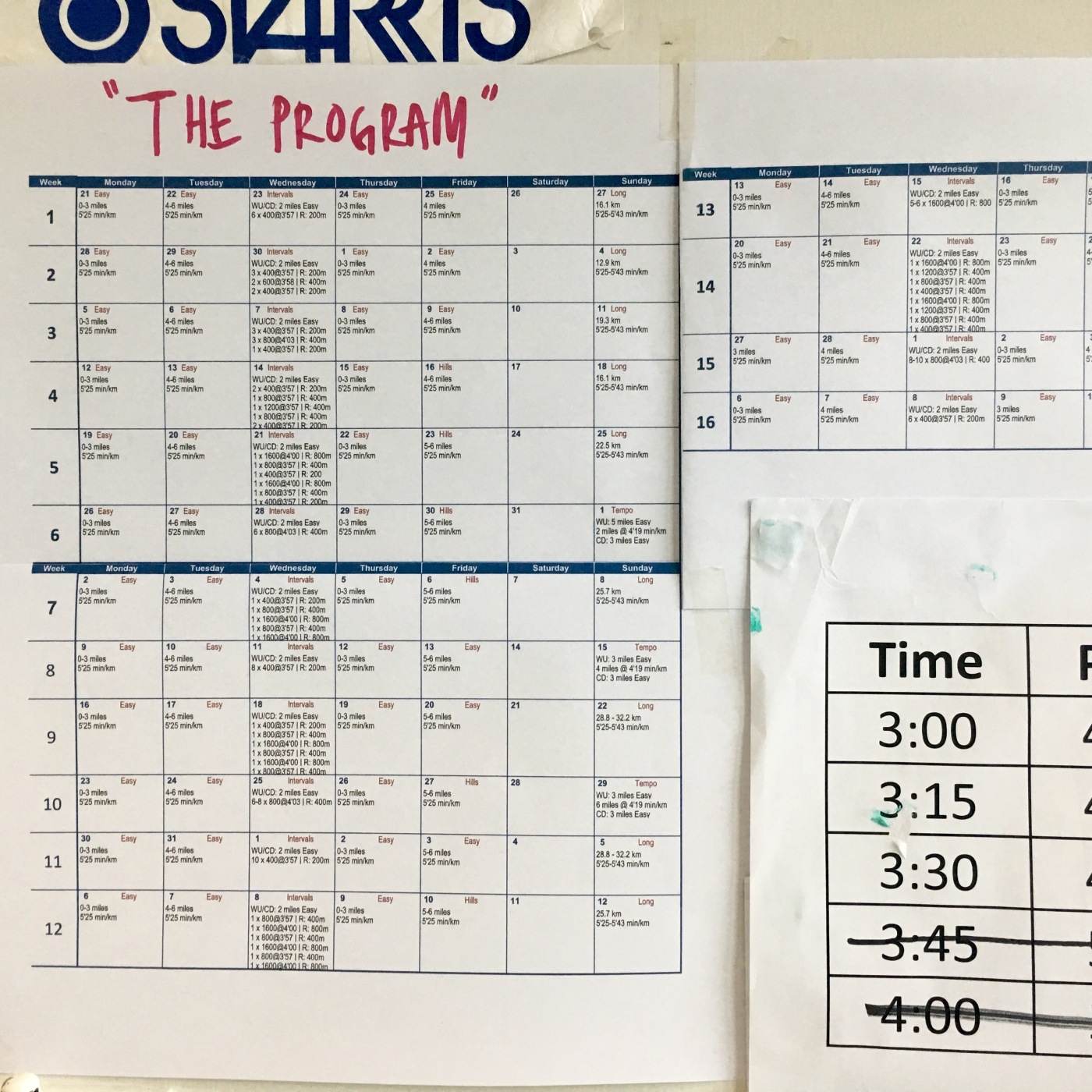So, I did not run Penang Bridge International Marathon. What a bummer since I had dedicated 16 weeks of training for it. That was supposed to be the last race before 2016 ends. Gutted, but I am already looking forward to my next marathon in 2017.
I had trained according to Phil Maffetone’s philosophy where I ran 95% aerobically for Tokyo. My mileages peaked at 135km per week, and 500km per month, but the gain was barely there.
I got injured after Tokyo and my motivation was at all time low. I did not follow any specific training plan for Kuala Lumpur. I just ran whatever workout that I felt like doing. Very unstructured.
Then, I followed Furman Institute of Running and Scientific Training (FIRST) for Penang. There was a lot less running but a lot higher intensity. Three key workouts every week, namely tempo, interval/speed and long runs. Frustratingly, I got injured in the middle of my preparation and had no results to show.
Undeterred by yet another disappointment, I look for a new training plan for my next marathon. This time around, I want to run a lot more and tone the intensity a notch down. Ideally, the training plan should be 12 weeks long but I can’t find a marathon in the middle of February. Twincity is too early and the nearest one after that is in the middle of March. It is 15 weeks (14 weeks at the time of writing) away. I find one marathon training plan that I like which spans over 16 weeks. I am only a week behind so I decide to give it a try. It is a 16-week marathon training plan by Runner’s World. I get the plan for free by downloading Runner’s World Go on my phone which comes with 2 weeks free trial.
It is a very doable training plan. It involves six running days (with option of skipping two easy running days), with only two key workouts per week for the majority of the plan. Nearing the end of the plan, hill workouts are included making it three key workouts per week. The key workouts consist of intervals, tempo, hills, and long runs. The longest week peaks at 80 kilometres four weeks before the marathon.
Compared to FIRST, this training plan is a lot more tolerable where the intervals are run a lot slower, and the long runs at a really moderate pace. Intervals and long runs are weekly staple but tempo runs are scarce. Only three tempo runs are to be run and these are incorporated in the long runs. There are two 20 miles long runs and one 22 miles long run which is the most daunting workout in the plan. Barring any injury or misfortune, this training plan is easy to complete.
Having said that, I will make few tweaks from what I have read. I will try to run in the early mornings with empty stomachs on easy days, as well as long runs. I have read that this will aid on improving metabolism to burn fat. Easy on easy days, but for long runs? Maybe not, but I will give it a try.
Lastly, which marathon? I have my eyes on one, but am reluctant to register yet since I have some doubts about the organisation of the race. It is organised by an unproven organiser and I only hear uneasy experiences from friends who have run their events before. Unfortunately, there are not many options in March. But I will wait unless there are yet-to-be-announced marathon around.

December 8, 2016 at 7:47 am
Since it’s called the ” The Program”, would there be systematic doping involved? Pls enlighten us. Tq 😛
LikeLike
December 27, 2016 at 7:40 am
Need to ask Alberto Salazar about that.
LikeLike